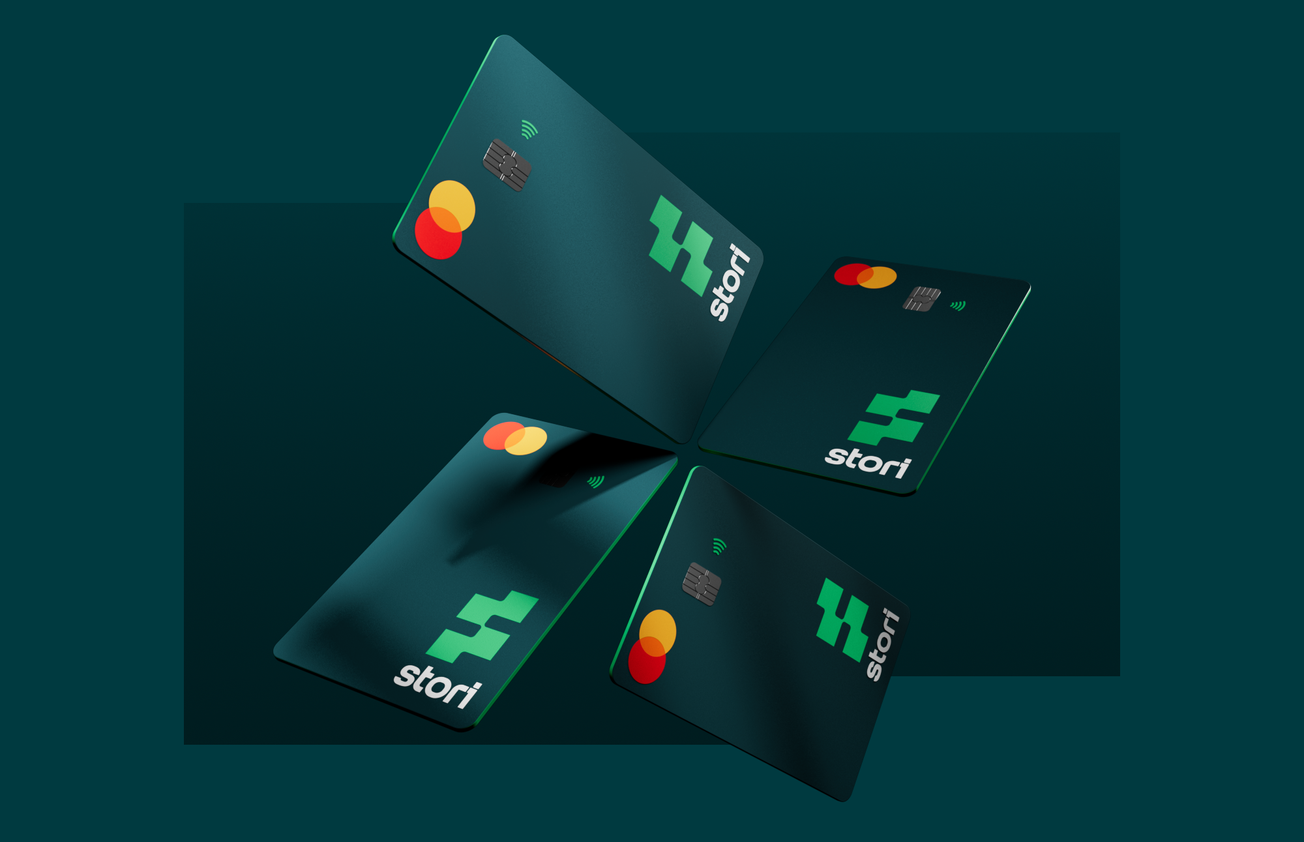If you have a website, you know how important it is to create an excellent user experience. One of the most critical factors that affect user experience is the speed of your landing page. When a user clicks on a link and has to wait for a page to load, they are more likely to leave your site and go to a competitor's site instead.
According to a study by Google, 53% of mobile site visits are abandoned if a page takes longer than three seconds to load. This means that if your landing page takes longer than three seconds to load, you could be losing more than half of your potential customers. In addition to losing customers, slow landing pages can also hurt your search engine rankings. Google has announced that page speed is a ranking factor in their mobile-first index, which means that slow landing pages can negatively impact your SEO efforts.
Improving your landing page speed can be a daunting task, but it is essential for the success of your website. There are several ways to increase your landing page speed, such as optimizing images, minifying CSS and JavaScript files, and reducing HTTP requests. In this article, we will explore the importance of landing page speed and provide tips on how to improve it. By implementing these tips, you can create a faster, more user-friendly website that will help you attract and retain customers.
Why Landing Page Speed Matters
If you're running a website or an online business, you know how important it is to attract and retain visitors. One of the key factors that can make or break your website's success is landing page speed. In today's fast-paced world, people expect websites to load quickly, and if they don't, they'll move on to the next one. Here are a few reasons why landing page speed matters:
- User Experience: When your landing pages load quickly, your visitors are more likely to have a positive experience. They are able to quickly find what they're looking for without getting frustrated waiting for pages to load. This can lead to increased engagement and ultimately, higher conversion rates.
- Search Engine Rankings: Search engines like Google take landing page speed into account when ranking websites. If your pages load slowly, you could be penalized and pushed down in the search results. On the other hand, if your pages load quickly, you could see a boost in your rankings.
- Mobile Optimization: With more and more people accessing the internet on mobile devices, it's important to optimize your landing pages for mobile. This means ensuring that your pages load quickly on mobile devices, which can be a challenge. However, by focusing on landing page speed, you can improve the mobile experience for your visitors.
Overall, landing page speed is a critical factor in the success of your website. By focusing on optimizing your landing pages for speed, you can improve user experience, boost your search engine rankings, and optimize for mobile devices. In the next section, we'll look at how to measure your landing page speed and identify areas for improvement.
Factors that Affect Landing Page Speed
If you want to improve your landing page speed, it's important to understand the factors that affect it. Here are a few key areas to focus on:
Server Response Time
The time it takes for your server to respond to a request from a user's browser can have a big impact on page speed. Factors that can affect server response time include the quality of your hosting provider, the amount of traffic on your site, and the complexity of your site's code. To improve server response time, consider upgrading to a faster hosting plan, optimizing your code, and using a content delivery network (CDN) to distribute content more efficiently.
Image Optimization
Images can be a major contributor to slow page load times. To optimize your images for faster loading, make sure they are in the correct format (JPEGs for photographs, PNGs for graphics with transparency), compress them as much as possible without sacrificing quality, and use responsive images that are scaled appropriately for different devices.
Code Optimization
The amount of code on your landing page can also affect its speed. To optimize your code, make sure it's clean and efficient, and remove any unnecessary elements. Consider using minification tools to compress your code and reduce its size, and avoid using too many plugins or third-party scripts that can slow down your page.
Browser Caching
Browser caching allows users to store frequently accessed files locally, so they don't have to be downloaded every time they visit your site. This can significantly improve page load times, especially for returning visitors. To enable browser caching, set appropriate cache headers on your server and use tools like caching plugins or CDNs.
How to Improve Landing Page Speed
If you want to improve your landing page speed, there are several things you can do. Here are some tips:
Reduce Image Sizes
Large images can slow down your landing page. To reduce image sizes, you can:
- Use image compression tools to reduce file size while maintaining quality.
- Crop images to remove unnecessary parts.
- Use the correct image format. For example, use JPEGs for photographs and PNGs for graphics with transparent backgrounds.
Minimize HTTP Requests
Every time a browser loads a web page, it makes HTTP requests for all the resources on the page, including images, scripts, and stylesheets. The more requests, the slower the page will load. To minimize HTTP requests, you can:
- Combine multiple CSS and JavaScript files into a single file.
- Minify CSS and JavaScript files to remove unnecessary whitespace and comments.
- Use CSS sprites to combine multiple images into a single image.
Optimize Code
The code on your landing page can also affect its speed. To optimize your code, you can:
- Use asynchronous loading for JavaScript files.
- Remove unnecessary code, such as unused CSS rules and JavaScript functions.
- Use server-side caching to reduce the load on your server.
Leverage Browser Caching
When a browser loads a web page, it stores some of the resources in its cache so that it can load them more quickly the next time the user visits the page. To leverage browser caching, you can:
- Set expiration dates for your static resources, such as images, CSS files, and JavaScript files.
- Use a content delivery network (CDN) to store your resources on servers around the world, reducing the distance between the user and the server.
Tools for Measuring Landing Page Speed
Google PageSpeed Insights
Google PageSpeed Insights is a free tool that analyzes your website's performance and provides suggestions to improve page speed. It measures the loading time of your website on both desktop and mobile devices, and scores your website out of 100 points. The score is based on various factors such as server response time, image optimization, and browser caching. Google PageSpeed Insights provides a detailed report on your website's performance, highlighting the issues that need to be fixed. The report also includes recommendations for improving page speed, such as optimizing images, leveraging browser caching, and reducing server response time.
GTmetrix
GTmetrix is another popular tool for measuring landing page speed. It provides a detailed analysis of your website's performance, including page load time, page size, and the number of requests made. GTmetrix also offers a connection throttling feature that simulates different internet connection speeds, allowing you to see how your website performs under different conditions. GTmetrix provides a score out of 100 points, along with a detailed report on how to improve your website's performance. The report includes recommendations for optimizing images, reducing the number of requests made, and leveraging browser caching.
Pingdom Tools
Pingdom Tools is a website monitoring tool that includes a page speed test feature. It measures the loading time of your website and provides a detailed report on your website's performance. Pingdom Tools also provides a waterfall chart that shows the loading time of each element on your website, allowing you to identify the elements that are slowing down your website. Pingdom Tools provides a score out of 100 points, along with recommendations for improving page speed. The recommendations include optimizing images, reducing the number of requests made, and leveraging browser caching. In conclusion, there are several tools available for measuring landing page speed. Google PageSpeed Insights, GTmetrix, and Pingdom Tools are popular options that provide detailed reports and recommendations for improving page speed. By using these tools, you can identify the issues that are slowing down your website and take steps to improve your website's performance.





